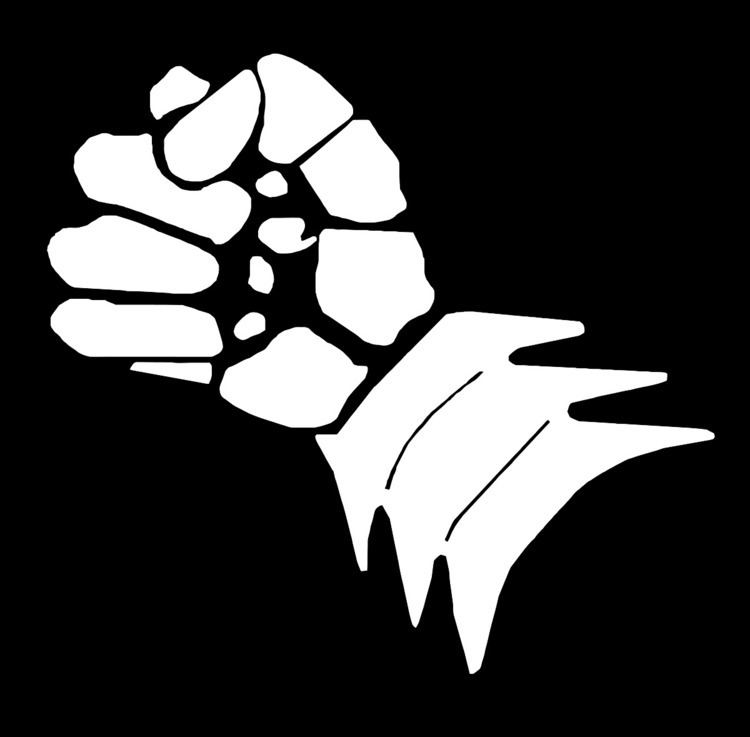Active 1914–19191944–1946 | ||
 | ||
Type InfantryLorried infantry Part of 20th (Light) Division6th Armoured Division | ||
The 61st Infantry Brigade was an infantry brigade of the British Army raised for active service in both World War I and World War II.
Contents
First World War
The brigade was raised in September 1914 during the Great War from men volunteering for Lord Kitchener's New Armies, originally as the 61st Brigade, as part of Kitchener's Second New Army and was composed entirely of service battalions from light infantry and rifle regiments. The brigade was assigned to the 20th (Light) Division. The brigade saw service in the trenches of the Western Front with the division throughout the war.
Harry Patch, later to become the last surviving combat veteran of the trenches, served with the 61st Brigade in 1917 when he was just 19 years old with the 7th (Service) Battalion, Duke of Cornwall's Light Infantry in the Battle of Passchendaele (also known as the Third Battle of Ypres) where he was wounded by shrapnel in September. He would survive both world wars and lived until 2009 when he died, on 25 July, at the age of 111.
Order of battle World War I
61st Brigade was constituted as follows during World War I:
Second World War
The brigade number was reactivated again during the Second World War, now as the 61st (Lorried) Infantry Brigade, in Italy on 21 May 1944. The brigade comprised three battalions of the Rifle Brigade (Prince Consort's Own), the 2nd, 7th and 10th, the former being of the Regular Army and the latter two of the Territorial Army (TA). From May 1944 to August 1945 the brigade was part of the 6th Armoured Division, itself part of the British Eighth Army and fought in the Italian Campaign. It fought in the Liri Valley, Arezzo, the advance to Florence, on the Gothic Line and the Argenta Gap and the Spring 1945 offensive in Italy, Operation Grapeshot.
Order of battle
The 61st Infantry Brigade was constituted as follows during the war:
Commanders
The following officers commanded the brigade during the war:
